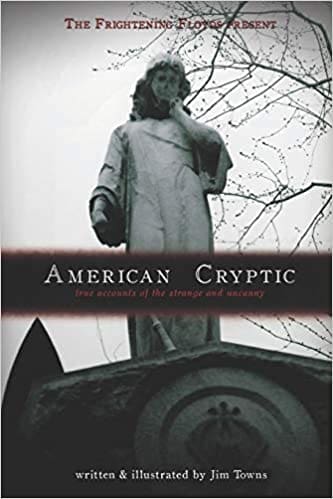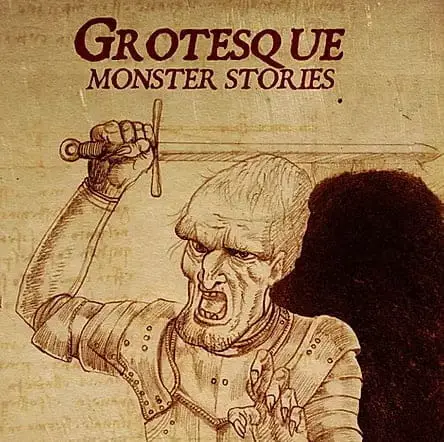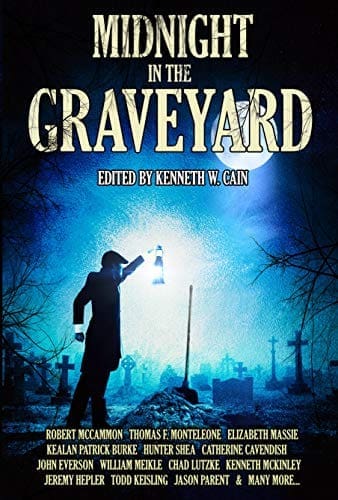Scott Sigler’s Aliens: Phalanx (509 pages) is rife with cosmic horror as the aliens—the Xenomorphs—are simply known as “demons” to the primitive civilization of Ataegina. The people of Ataegina live their lives holed up in mountains or underground holds as protection from the “demons”. Silence is key to Ataegina’s survival; however, the people of these holds cannot live fully behind the protection of rock. Some, know as runners, must come to the surface to interact with other holds for trade of supplies, food, and medicine.
Sigler did a simplistic yet thorough job in worldbuilding Ataegina, where we learn how the politics, social structure, military, and trade function in each hold through the use of character dialogue or character reflection. I enjoyed the approach the author took in showing Ataegina through the eyes of the characters versus the author blatantly explaining how the world works. What I liked best about this book is that Sigler has essentially created a new civilization that has to deal with the threat of the Xenomorphs. The story sits independently of the Aliens franchise yet can be a core story as part of it.
The story is told through the lens of Ahiliyah Cooper of Lemeth Hold. Her job is to be a runner and she leads a team, comprised of herself, Brandun Barrow, and Creen Dinashin. Through their runs to the other holds, that is where the readers experience the true horror of the book—the demons (aka the Xenomorphs). The trio are exposed to the elements with nothing more than a knife and a spear on them for protection against the demons. They must survive on these trade routes and evade these creatures who are hunting them or else they put their hold at risk. Sigler writes these scenes in a gripping way that is filled with the terror that the characters are feeling along with the calmness of strategy that the protagonist displays to keep herself and her team safe.
The characters are varied in strength and weaknesses. A few characters exhibit a growth arc throughout the length of the story, where they may start the book as a weaker character and find themselves stronger, more developed at the conclusion. I felt that the secondary characters who had a growth arc, had one that was stronger than the main protagonist. This doesn’t mean that Ahiliyah isn’t a strong character, but that I don’t see her as a different person than what she was in the very beginning of the book. Throughout the book, we only see her leverage skills that she already has and assigned additional job responsibilities versus her growing into a different person by the conclusion. I had hoped to see her take on a new trait or skill or enhance her political prowess, as the latter would have been a major feat for her to personally achieve.
The story itself is well written and even though it is quite a long book, it was easy to read and I devoured it in a couple sittings. Sigler’s prose kept me engaged and the horrors that the civilization of Ataegina experiences with the threat of the demons, along with sub-stories of disease and famine, made for a hearty sci-fi/horror novel. This book will stay with me long after I have closed its covers and has me keen to read other books by Sigler.
I was slightly discouraged by a couple of items towards the conclusion. However, these points do not detract from the overall enjoyment of the book. There was one scene at the climax of the book that felt to me a little cliché for the Aliens franchise, despite the scene itself providing the explanation of how the civilization of Ataegina came to be. The ending of the novel also left me with a few unanswered questions that as a reader, I would have liked to have answered as it would have provided deeper insight into the world and people of Ataegina.
Overall, I give Aliens: Phalanx by Scott Sigler a 3.5 out of 5 stars for the strength that the story sits solidly within the sci-fi/horror genre, the developed worldbuilding of Ataegina, and the multitude of characters who live in this primitive world and learn to survive threat of the Xenomorphs.


















